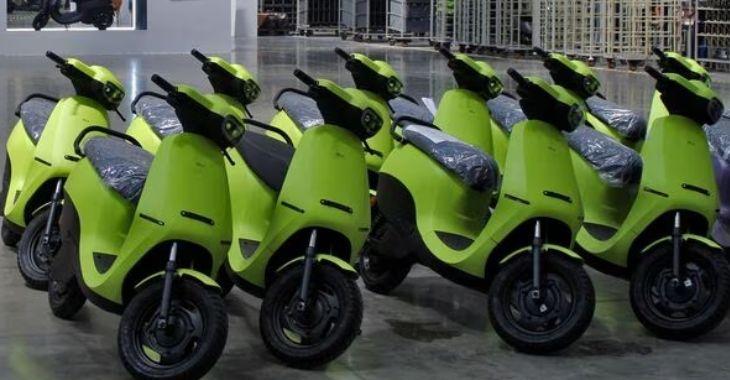Ola Electric, spearheaded by Bhavish Aggarwal, intends to submit its Draft Red Herring Prospectus (DRHP) to India’s market regulator, Securities and Exchange Board of India (SEBI), before December 20, as outlined in a Monday report. The company aims to raise a substantial $700 million (roughly Rs 5,800 crore) through its forthcoming Initial Public Offering (IPO), as reported by CNBC TV18.
The IPO move is part of Ola Electric’s strategy to target a valuation of $7-8 billion by early 2024. The funds raised are earmarked for the expansion of its electric vehicle (EV) business and foray into lithium-ion cell manufacturing.
However, recent adjustments to its sales goals for 2023-2025 are substantial. This recalibration comes after government incentives reduction raised e-scooter prices. According to Reuters, internal documents and sources familiar with the company’s finances revealed Ola Electric’s revised projections.
The revised targets show a considerable reduction in e-scooter sales projections, from 882,000 to 300,000 units for the ongoing fiscal year until March 2024. Revenue targets also saw a significant cut, from $1.55 billion to $591 million, marking a reduction of around 60%, as outlined in an internal document.
Despite launching new scooters, Ola’s network of over 400 service hubs nationwide, responsible for maintaining and repairing its EVs, is under strain due to increased sales, Reuters reported in recent months.
Although e-scooter sales surged in India, reaching over 700,000 during 2022-23, with Ola leading the market, this figure remains a fraction compared to the 15 million-plus two-wheelers sold in the country.
Financial projections from the internal document indicate an anticipated operating loss of $92 million this year, followed by an expected profit of $111 million next year, as per Reuters’ report.
Ola’s revised projections foresee the sale of 900,000 units in 2024-25 and 2.3 million units in 2025-26. However, these targets are notably lower—60% and 21% respectively—compared to earlier estimates that factored in government incentives.



![[CITYPNG.COM]White Google Play PlayStore Logo – 1500×1500](https://startupnews.fyi/wp-content/uploads/2025/08/CITYPNG.COMWhite-Google-Play-PlayStore-Logo-1500x1500-1-630x630.png)